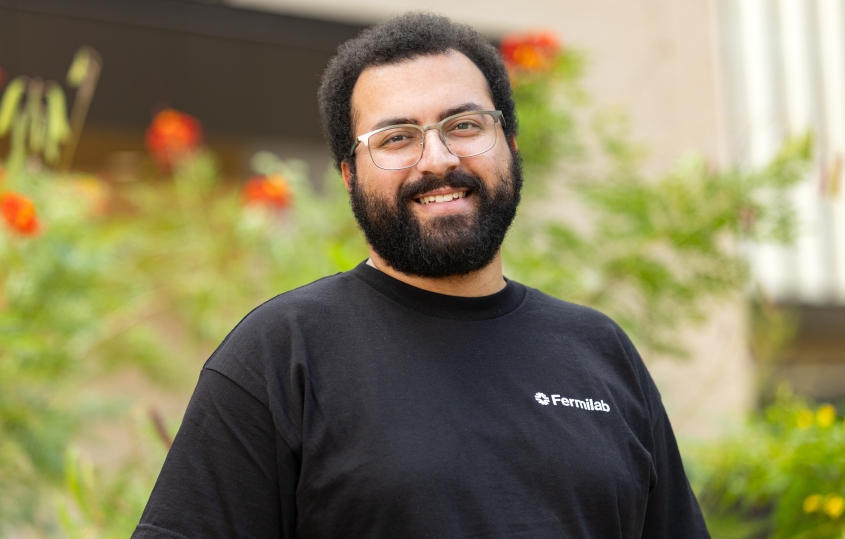Copyright TechStartups.com

Karim Hassinin spends his days chasing ghosts. Not the kind that haunt old houses, but the kind that pass through everything — including you — by the trillions every second. They’re called neutrinos, tiny invisible particles that make up the most abundant matter in the universe yet remain among its biggest mysteries. A Ph.D. candidate in physics at the University of Houston, Hassinin has just been selected for the 2025 Science Policy and Advocacy for Research Competition (SPARC), a 10-week national program that helps young scientists bridge the gap between research and public understanding. Hosted by the Universities Research Association, SPARC trains researchers to translate complex science into stories the rest of us can grasp — something Hassinin has already been thinking deeply about. “I’ve always been fascinated by how we extract information from reality — even when we can’t fully define what reality is,” he said. “Theory, at its core, is a kind of storytelling, and every model is just one way of seeing the world. Through this program, I hope to learn how to translate those complex layers of scientific reasoning into stories that anyone can understand — so people can see not just the data, but the wonder behind discovery.” From Houston to the Heart of the Universe: How a University of Houston Ph.D. Candidate Is Helping Unravel the Secrets of the Neutrino SPARC gives early-career scientists a front-row seat to how research connects with public policy. Through workshops, seminars, and sessions with science policy leaders, participants sharpen their communication skills and explore how scientific insight can shape decision-making. The program ends with a national competition, where top students present their ideas at the Science Policy Summit in Washington, D.C. For Hassinin, SPARC builds on a growing body of hands-on experience. Over the summer, he worked at Fermi National Accelerator Laboratory as a URA Visiting Scholar, contributing to the Short Baseline Neutrino ICARUS project and the massive Deep Underground Neutrino Experiment — a global effort to understand how these particles behave. Neutrinos are odd. They have almost no mass, carry no electric charge, and barely interact with anything — yet they stream through matter constantly. They’re produced in stars, nuclear reactors, and cosmic events, offering clues about why the universe exists in its current form instead of vanishing into antimatter. Hassinin’s research focuses on simulating how neutrinos interact with different materials. “We tell the generator how many neutrinos we want to use, what type of neutrino and what material we want the neutrino to interact with,” he explained. “This work is just one piece out of many that are trying to understand neutrino interactions. Without neutrino interactions, we don’t know anything about neutrinos. We must understand something deeply before we can understand how to apply it.” That curiosity extends beyond physics. During his first year of graduate school, Hassinin taught an undergraduate physics lab and realized his students’ varied perspectives forced him to rethink how he explained complex ideas. It reshaped the way he viewed science itself. “The technical details will always be there, but it’s essential to show people the purpose of science and how it shapes our world,” he said. “Our daily lives depend on technology, and technology depends on science. Through SPARC, I’ve gained a new perspective on how vital it is to bridge the gap between complex research and public understanding — because science communication truly matters everywhere.” For the University of Houston, Hassinin’s selection is another example of how its researchers are pushing boundaries that stretch from classrooms to the edge of the known universe. And for Hassinin, it’s a reminder that science isn’t just about equations or experiments — it’s about meaning. “Theory is storytelling,” he said again, almost as if repeating a mantra. “And stories are how we make sense of the universe.”



